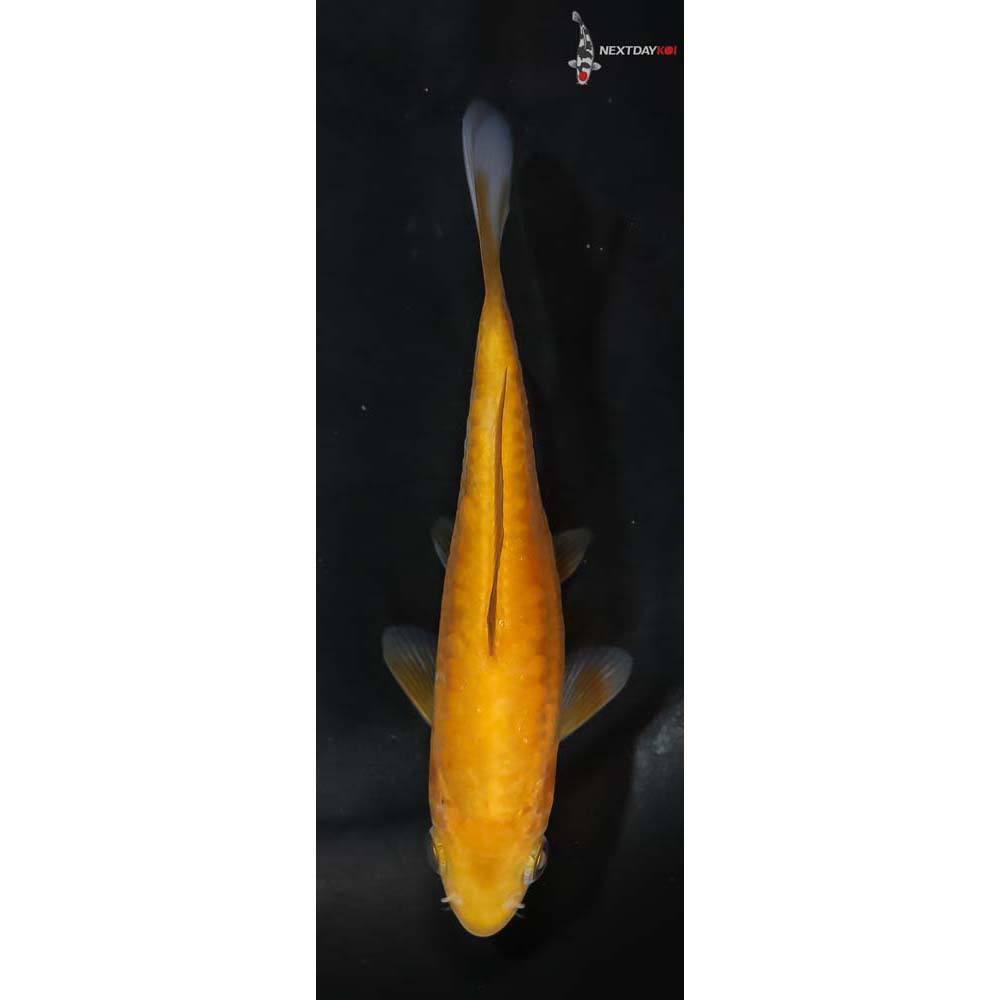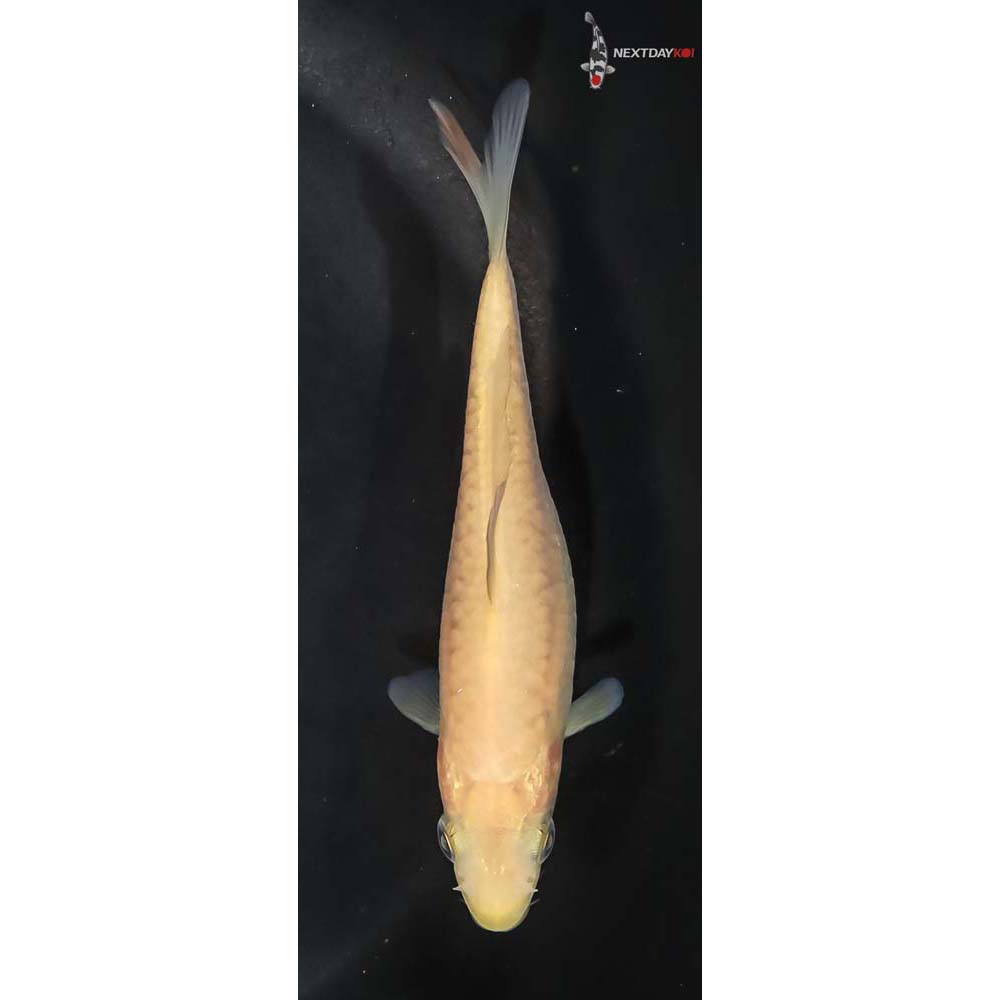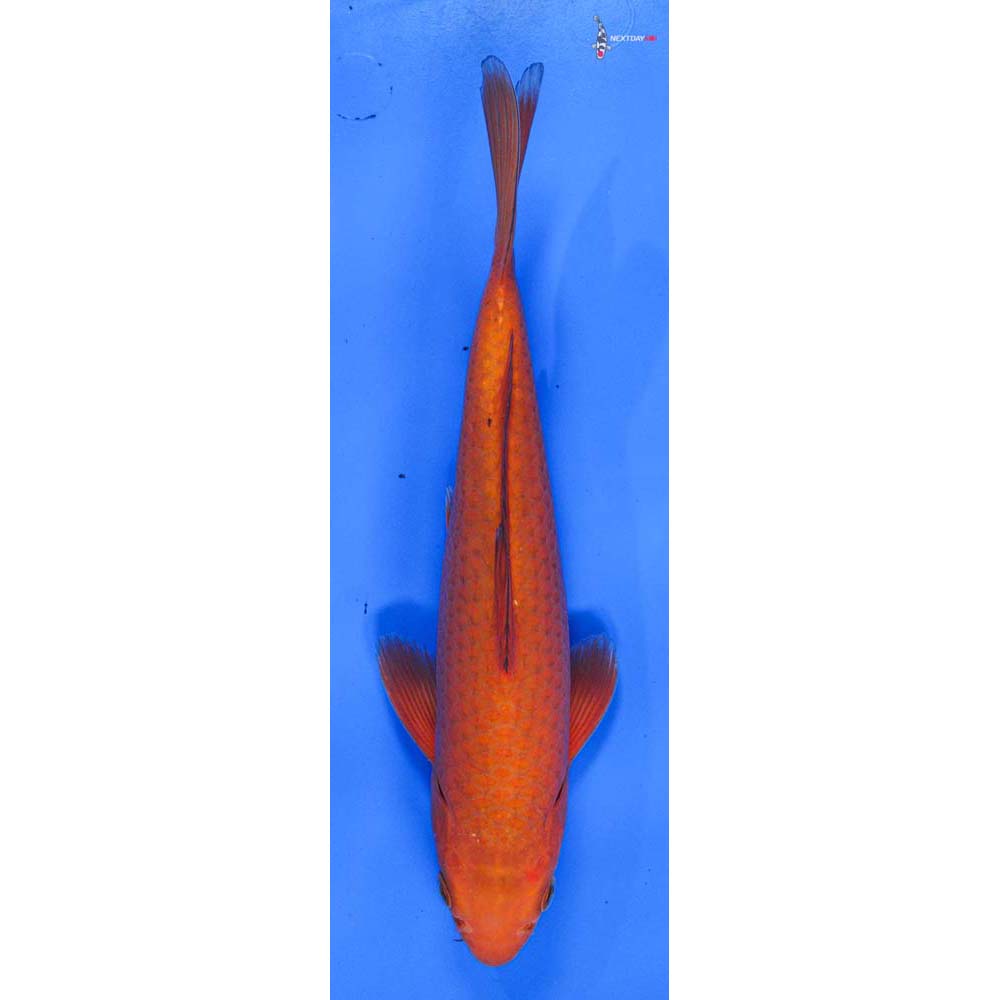Showing all 15 results
Chagoi
Chagoi are solid brown or copper-colored koi. The color of Chagoi can range anywhere from a very light brown, to a dark, almost greenish-brown, to a dark copper color, similar to that of a US penny.
Because Chagoi are so closely related to their wild carp ancestors, they can grow to be very large in size, with full-grown Chagoi commonly reaching over 30 inches in length. Additionally, their close relation to wild carp means they are very calm and docile as they grow older. If you attempt to teach your koi to hand feed, a mature Chagoi will almost certainly be one of the first koi to come up and take the food right out of your hand. However, remember that it takes time and patience to teach any koi to hand feed, no matter the variety.
Although Chagoi are nowhere near as colorful and flashy as most other koi varieties, their simple appearance, coupled with their docile nature, can provide a wonderful balance to the other koi in your pond.
What To Look For
It is a common misconception that since Chagoi are a single color with no pattern, it must be very easy to find a truly high quality specimen. This is not the case at all. In fact, it can be very difficult to find a truly top-notch Chagoi.
Body conformation is of the utmost importance. The head must be symmetrical and of a correct size in proportion to the rest of the body. The nose must be correctly shaped, meaning that it should not be too short and rounded off, or too long and pointy, like the beak of a parrot. Additionally, the body should be symmetrical and “torpedo-shaped”, meaning thick around the pectoral fins and tapering down evenly back toward the tail fin. The fins themselves should also be symmetrical and flawless, with no deformities.
As mentioned above, the color of Chagoi can cover a wide range, from light brown to a dark, copper color. The dark copper color is usually the most sought after, although other colors are acceptable. Since there is no pattern, extra attention should be paid to the arrangement of the scales. Do they combine to display a uniform reticulated pattern? Missing or out of place scales will be readily apparent due to the lack of pattern. Additionally, beware of any blemishes or scales of a different color than the rest. These will ruin the overall uniform look of a Chagoi, and will only become more apparent as the koi ages.
Last, pay attention to the color of the head. A truly high quality specimen will have a smooth and flawless head, with no blemishes to speak of.
















